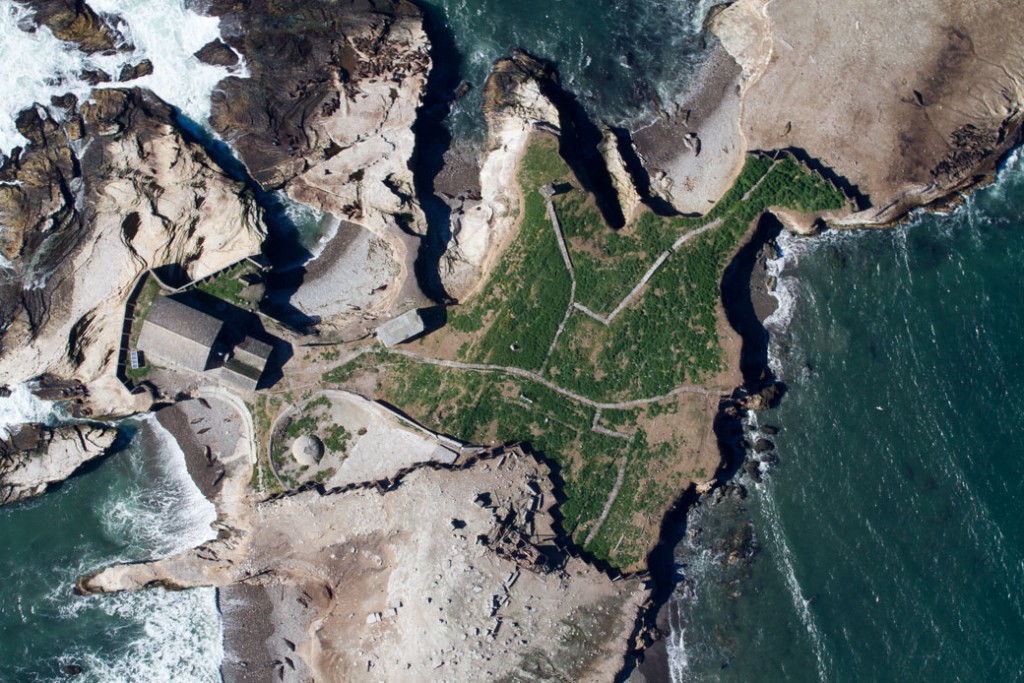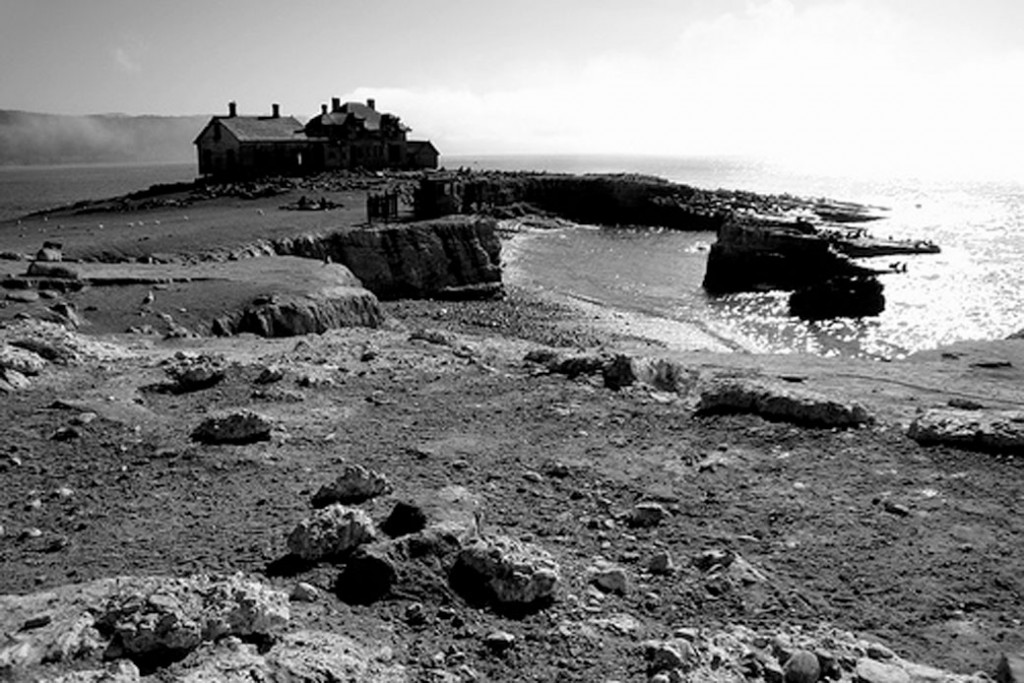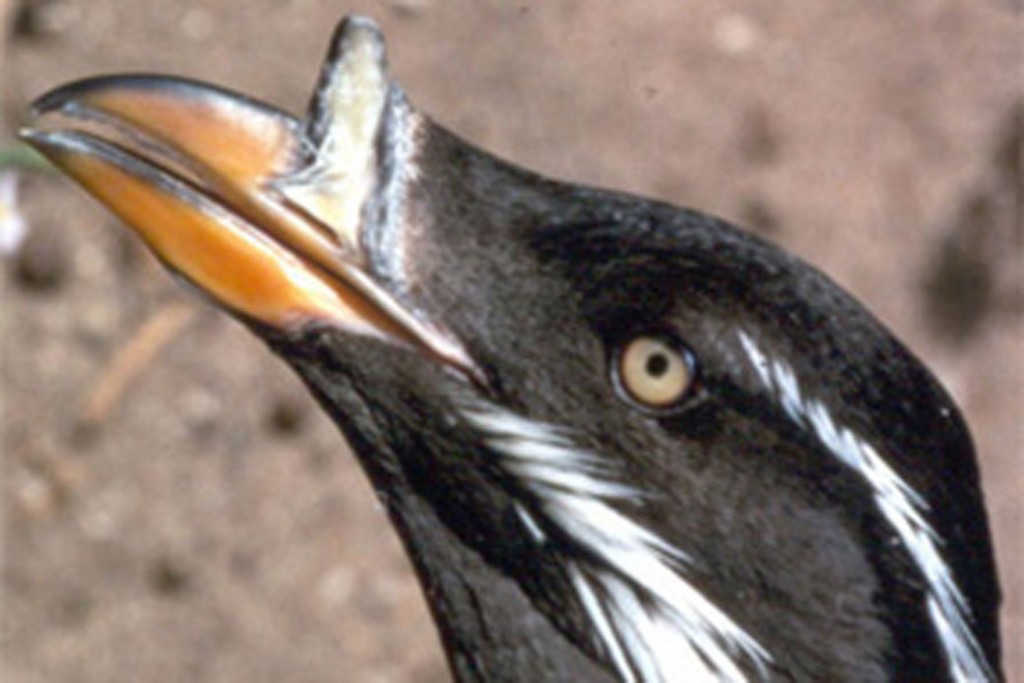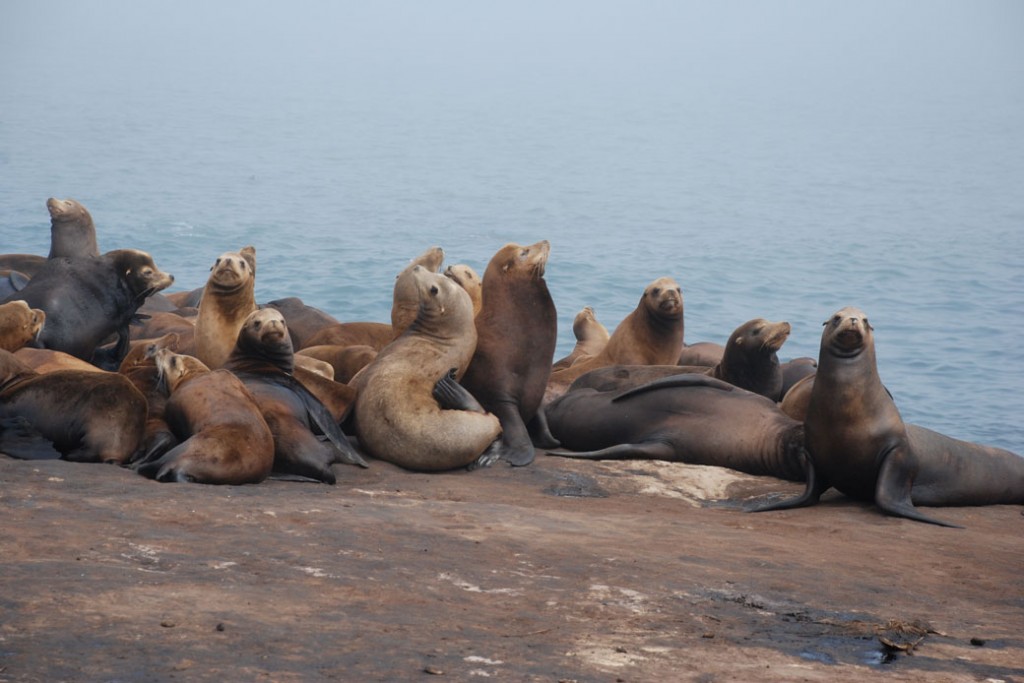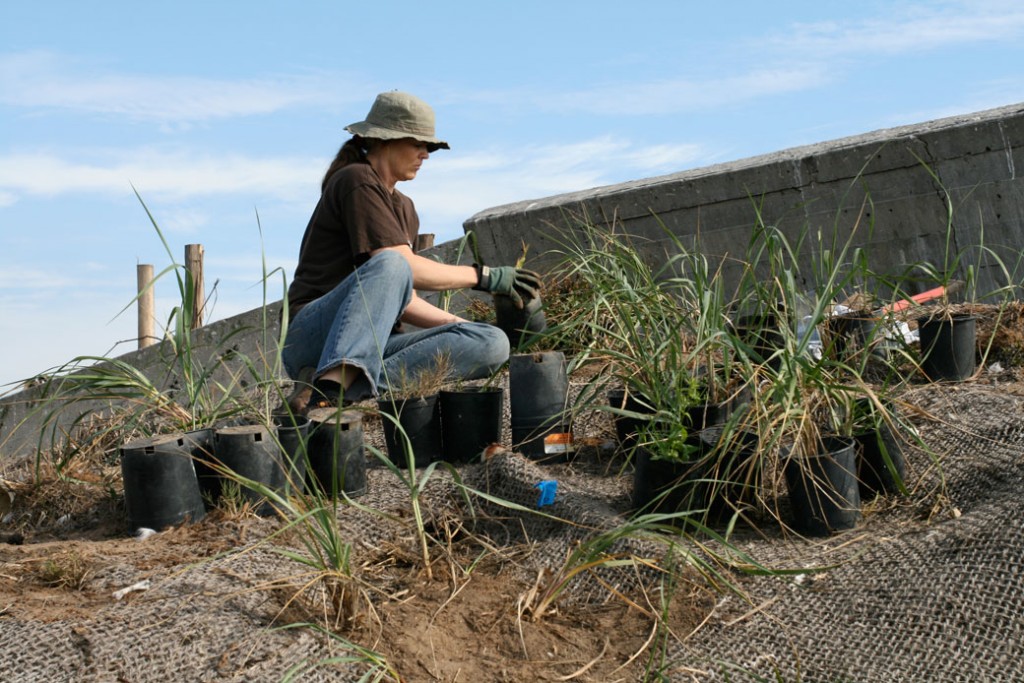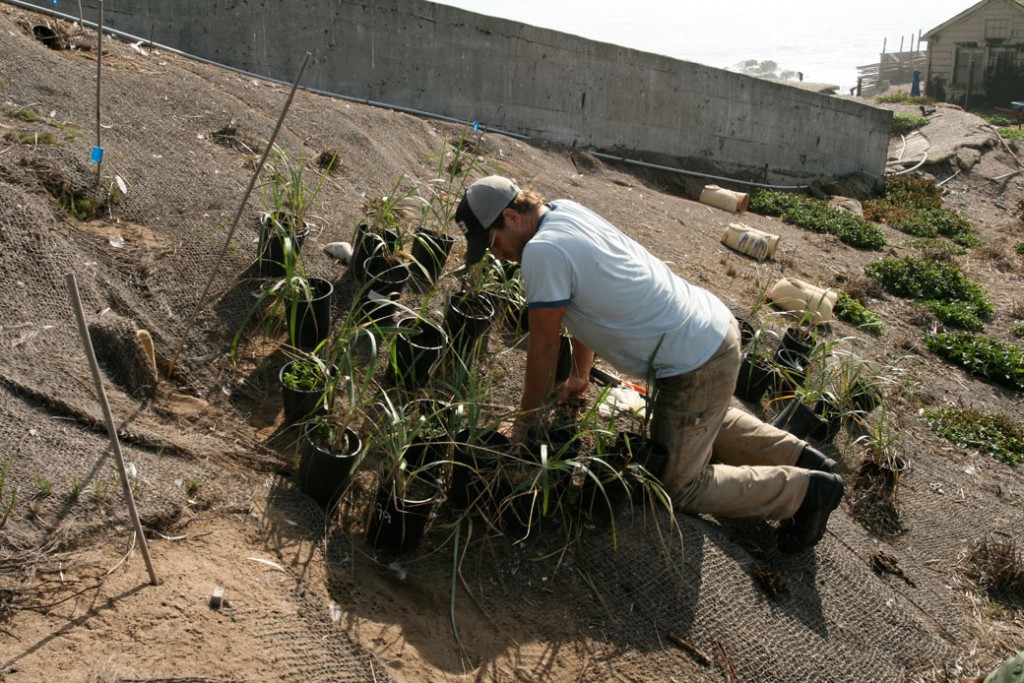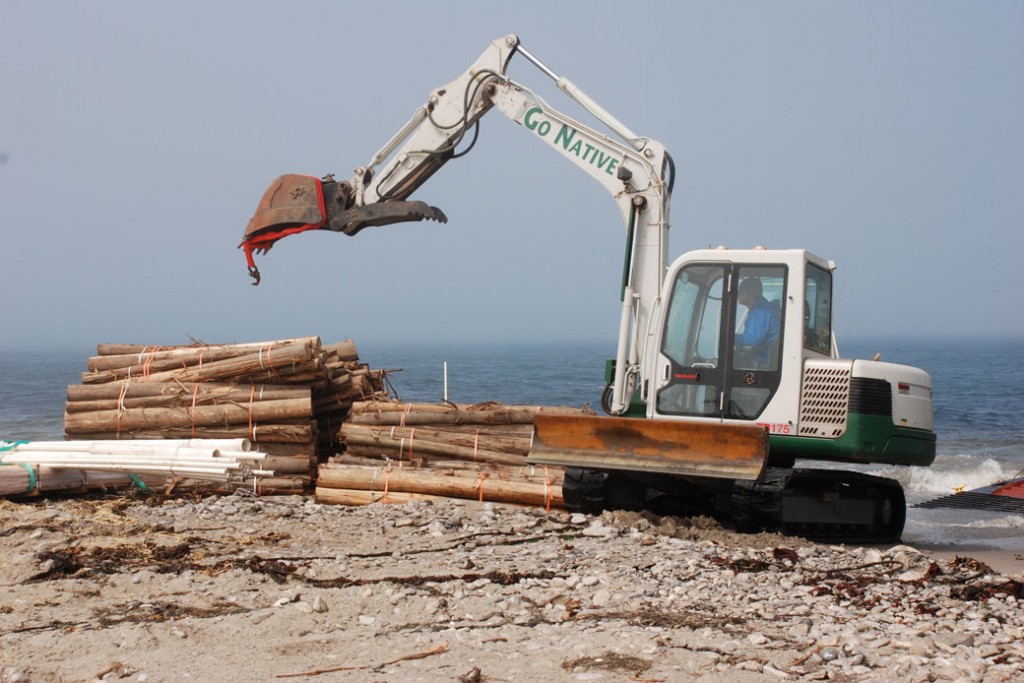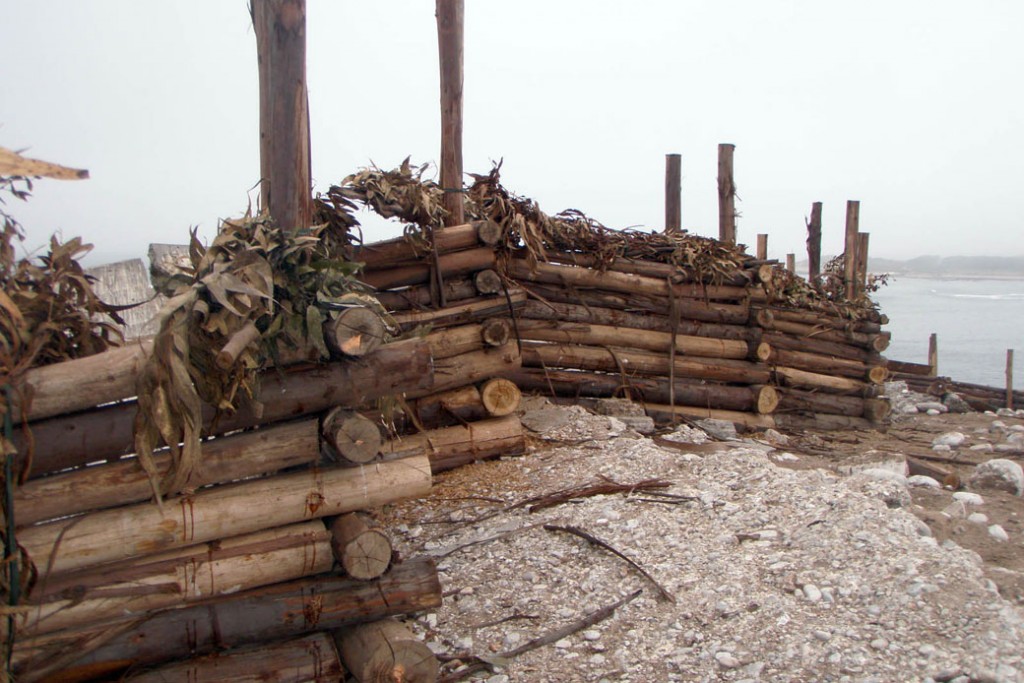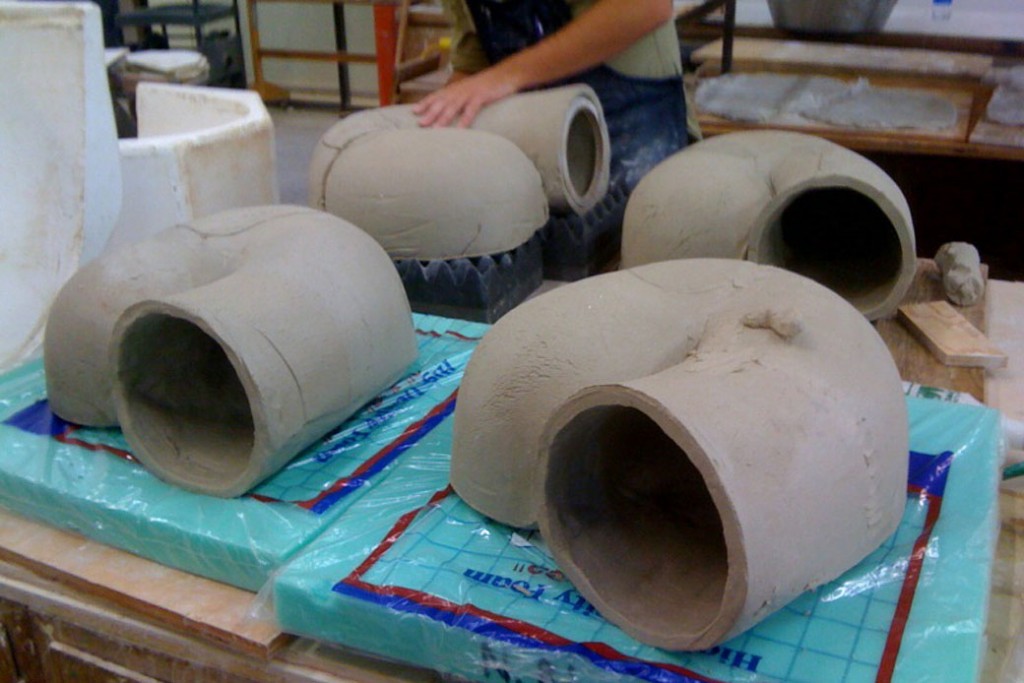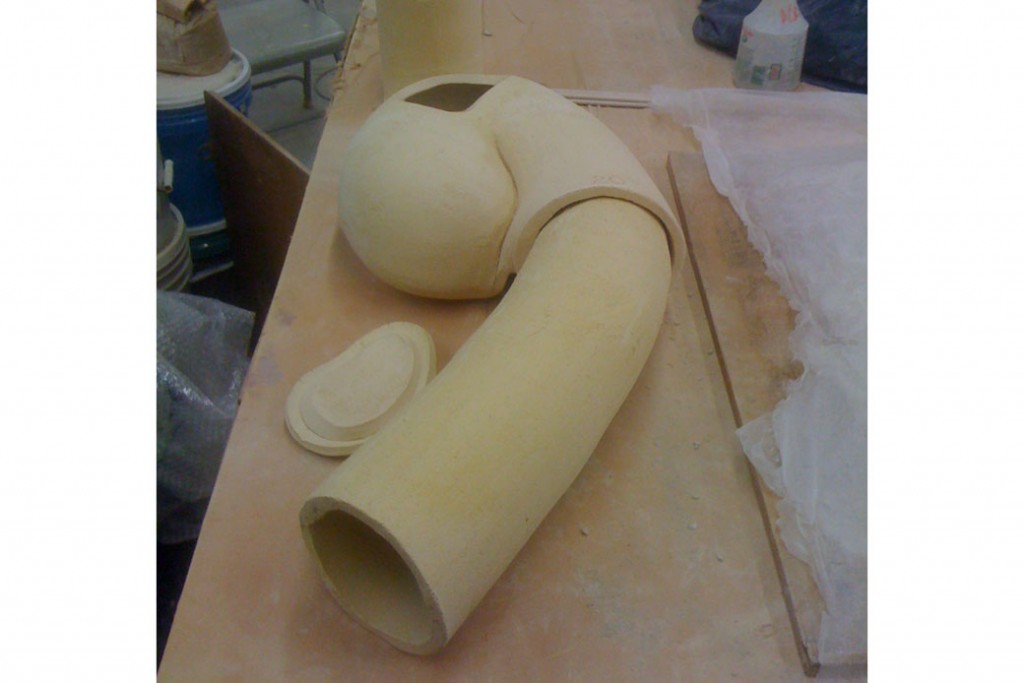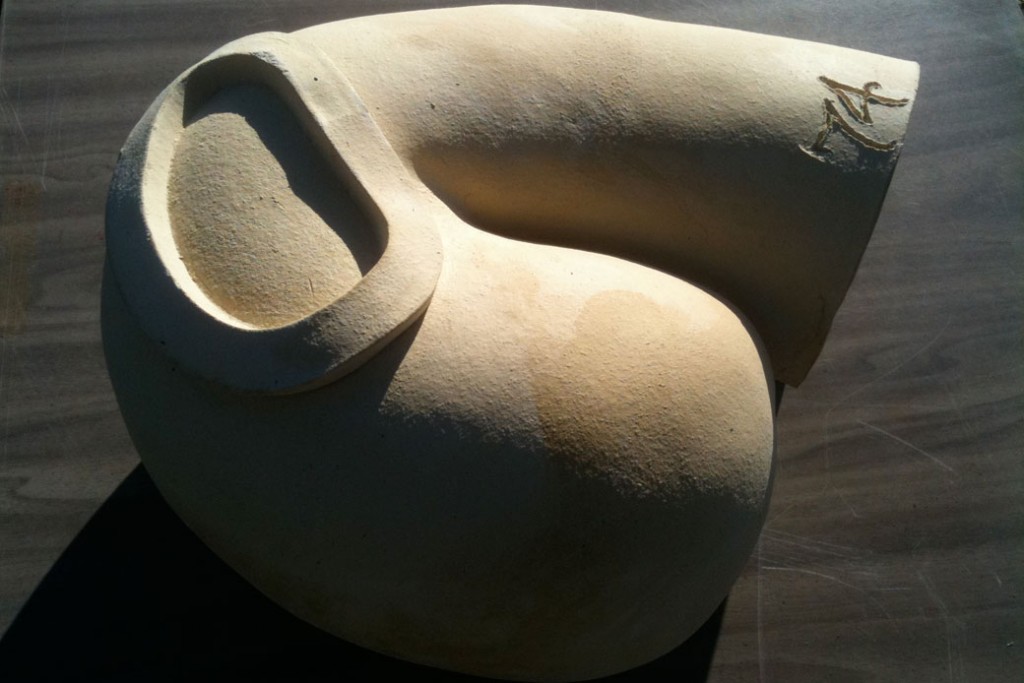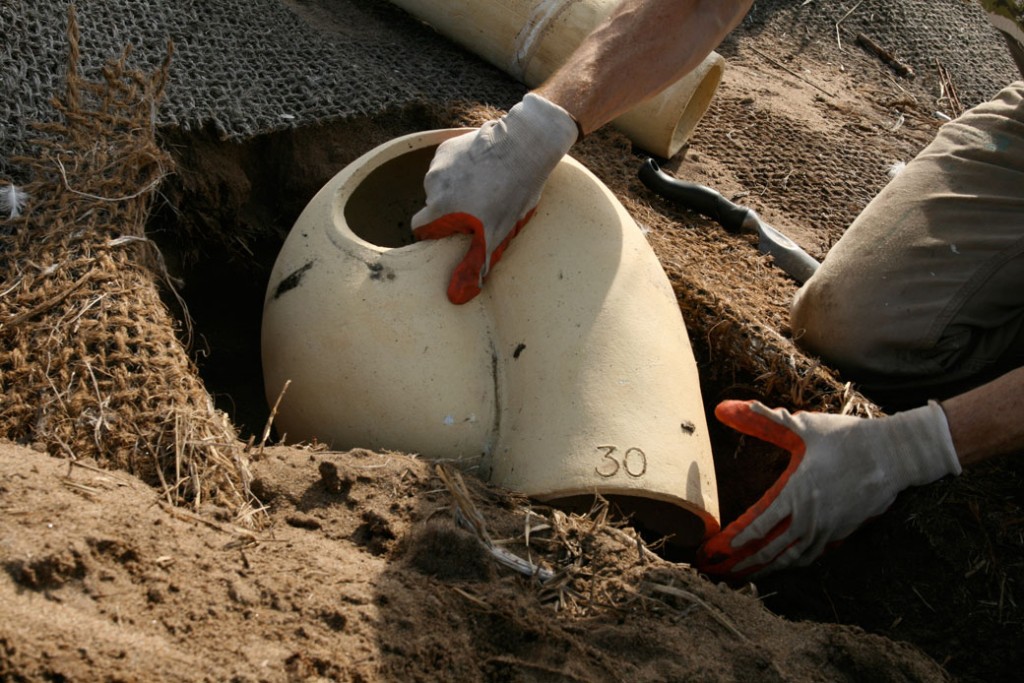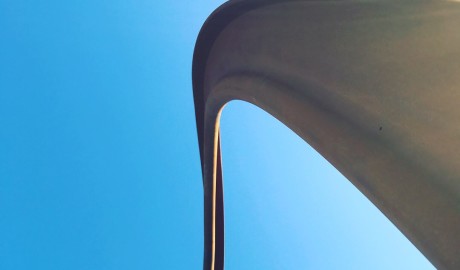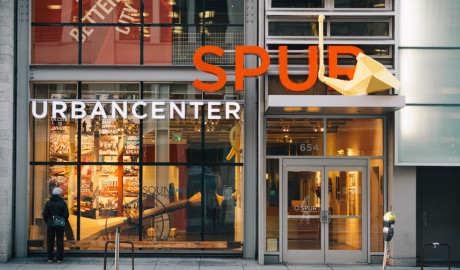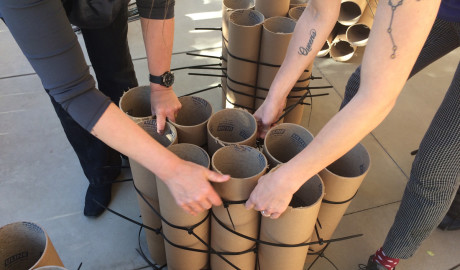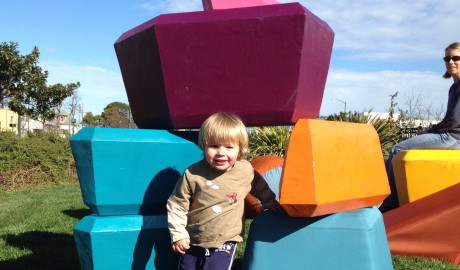Año Nuevo Island Habitat Restoration
Designing habitat for a seabird in need
We worked in collaboration with Oikonos Ecosystem Knowledge, a non-profit ecology and conservation organization, and a diverse range of private stakeholders and public agencies, to restore degraded bird habitat on Año Nuevo Island, a state nature preserve and one of only a handful of islands off the coast of California. The island is home to a number of marine mammals and bird species, including the Rhinocerous Auklet, a state-listed species of concern.
Our contribution to the island restoration project was twofold: we provided design and fabrication services to create a modular system of ceramic nest modules to provide interim breeding sites and shelter for the Auklet, as well as design, build and management services to create a system of habitat ridges to separate bird habitat from sea lion habitat.
To create the nest modules, Matthew Passmore collaborated with Nathan Lynch, the chair of the Ceramics Department at the California College of the Arts. Matthew and Nathan taught an interdisciplinary design course through CCA’s ENGAGE program. Students designed and fabricated early module prototypes which were transported to the island for testing. After extensive subsequent design refinement, we fabricated 90 individual nest modules and installed them on the island.
We also provided design, build and construction management services to create a system of 7-foot high habitat ridges that crisscross the island. Comprising eucalyptus logs harvested from nearby ranches and open spaces, the habitat ridges represent a regional habitat restoration scheme: an unwanted and invasive tree species is removed from the mainland and used as building material on the island. Once the habitat was successfully protected, volunteers seeded a native plant community on the island to reduce erosion and increase biodiversity on this unique marine sanctuary.
This Rebar project is supported by the Luckenbach and Command Oil Spill Trustee Councils and the National Pollution Fund Center. Major funding for the nest modules was provided by the Creative Work Fund, a program of the Walter and Elise Haas Fund, supported by the William and Flora Hewlett Foundation and The James Irvine Foundation.

